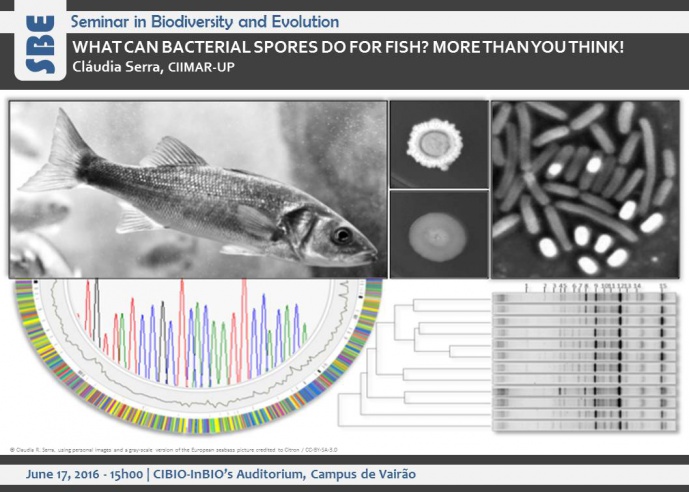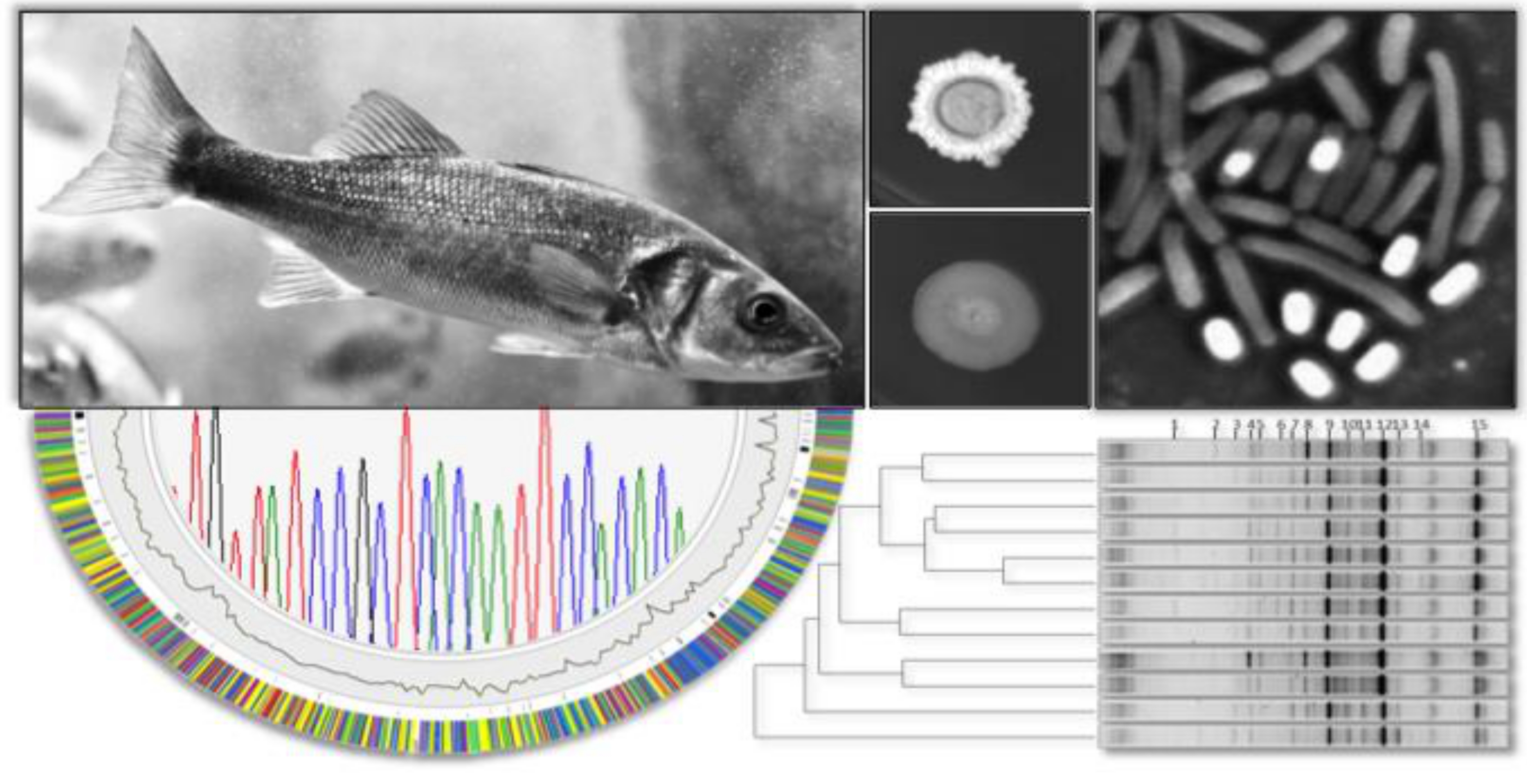WHAT CAN BACTERIAL SPORES DO FOR FISH? MORE THAN YOU THINK!


A main difficulty within aquaculture is its dependence on fish meal (FM), an unsustainable commodity and a source of organic pollutants. This is most overt for carnivorous fish production due to their high dietary protein requirement, which is mainly provided by FM. The most obvious sustainable alternatives to FM are plant feedstuffs (PF), but their nutritive value is limited by the presence of high levels of non-starch polysaccharides which are not metabolized by fish.
We hypothesized that a selective pressure of PF diets on fish gut microbiota, is a hopeful strategy for an enrichment of bacteria with a secretome able to mobilize the dietary components. By targeting bacterial spores (remarkably resistant dormant structures with increasing applications in animal health, namely as vaccines or probiotics), we were able to isolate carbohydrate-active gut sporeformers that could be externally administrated to help fish in their digestive challenges.
Cláudia Serra is a post-doctoral researcher at CIIMAR-UP, dedicated to the characterization of gastrointestinal microbial communities of economically important fish species and its modulation by different host conditions (e.g. health/disease, feeding regime, stress). She obtained her PhD in Biology in 2013 at ITQB-NOVA, where she applied microbial genetics and molecular biology tools in the functional analysis of bacterial genomes, identifying and characterizing important genes of a gastrointestinal isolate of Bacillus subtilis (BSP1), with biotechnological potential and contributing to increase the knowledge on the biology of gut microbial species.
[Group Leader: Fernando Tavares, Microbial Diversity and Evolution]
Image credits: Claudia R. Serra, using personal images and a gray-scale version of the European seabass picture credited to Citron / CC-BY-SA-3.0